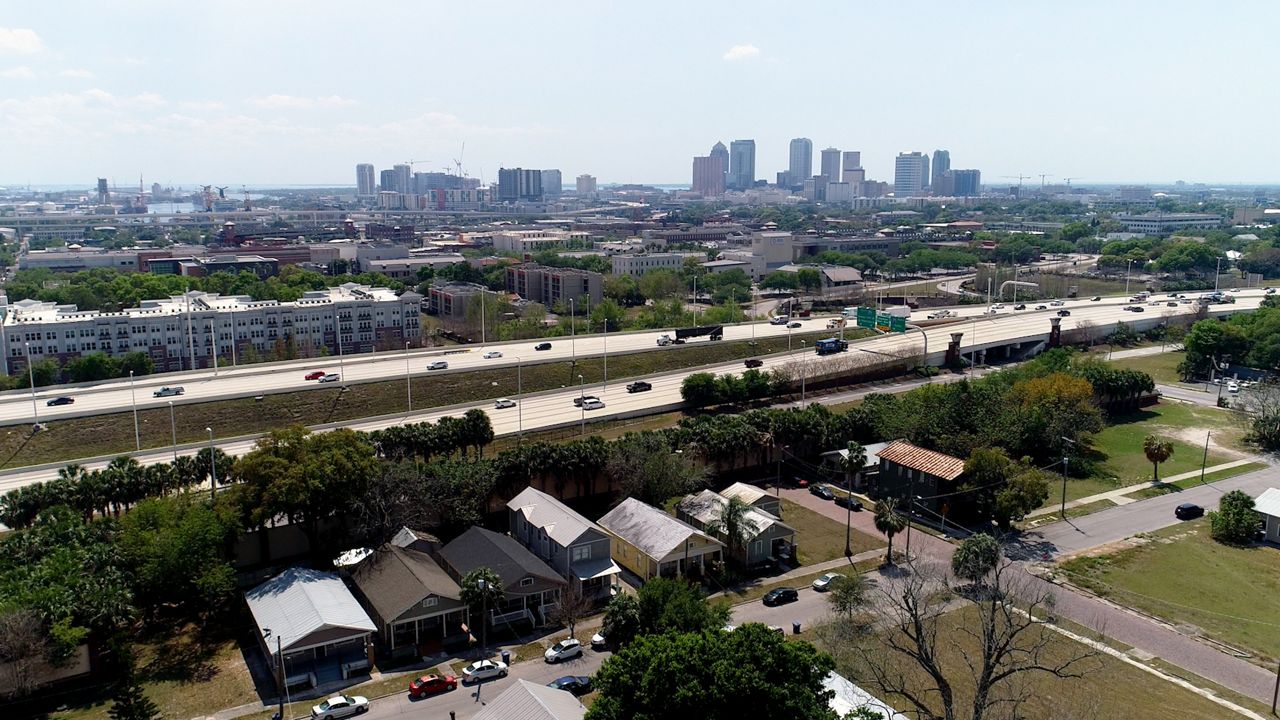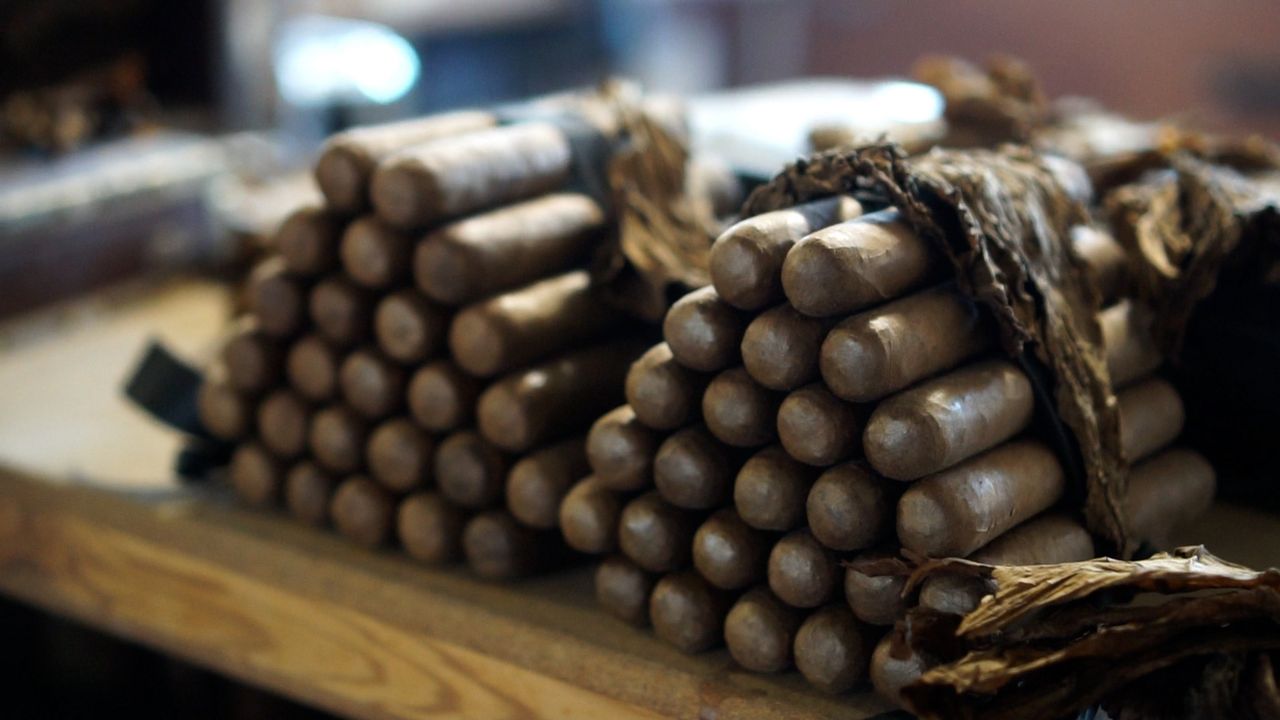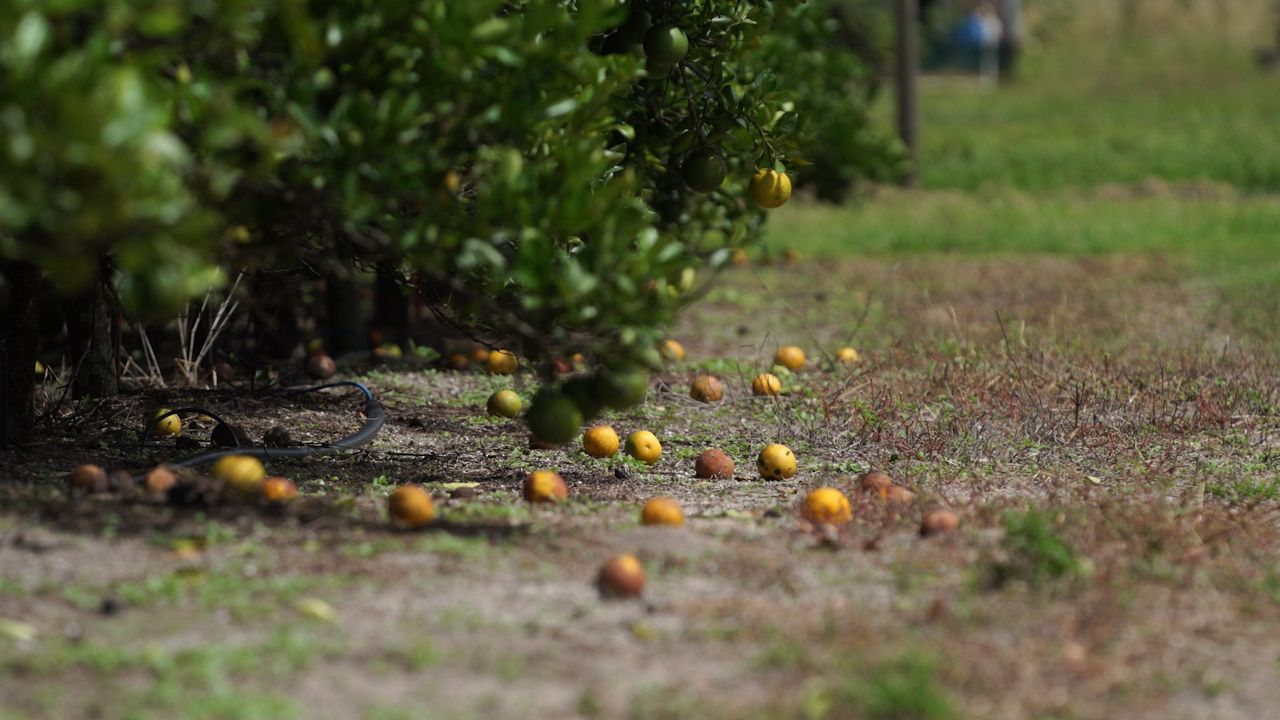This story is part of Spectrum News’ initiative, “Street Level,” which explores Florida through the history and culture of specific streets and the people who live there. You can watch part two of Street Level: Tamiami Trail in the video above and watch part one here.
The Everglades of Southern Florida may seem like an unlikely place to live—the gators alone would be enough to keep most people away—but some families have called this area home for generations.
Jack Shealy’s family has lived along the Tamiami Trail in the Everglades for four generations. His is a family of Gladesmen—a people making their living as hunters, trappers, and fisherman.
“The Gladesmen are the original pioneers and settlers here in the Everglades,” explains Shealy.
His grandfather, he says, used to hunt gators and brew moonshine. But that lifestyle soon changed when in 1985, with the goal of conservation, the federal government banned commercial fishing in Everglades National Park.
“From a standpoint of sheer preservation of this amazing endangered area, it's an incredible idea,” says local historian Thomas Lockyear. “But there wasn't, again, a lot of consideration given to the fact that there were people living there, and there were people who lived nearby that made their living there.”
The Gladesmen adapted—much like the Seminoles had when the Tamiami Trail disrupted their way of life.
Their livelihoods lost, the Gladesmen turned to the tourism industry to survive. The Tamiami Trail attracted visitors to the protected lands, so the Shealys opened a campground for eco-tourism.
“We've got people coming here to stay at our place and go camping or glamping, go on our safaris and see the swamp,” explains Shealy.
Some curious visitors are drawn in by tales of the Everglades' most mysterious denizen, the elusive Skunk Ape.
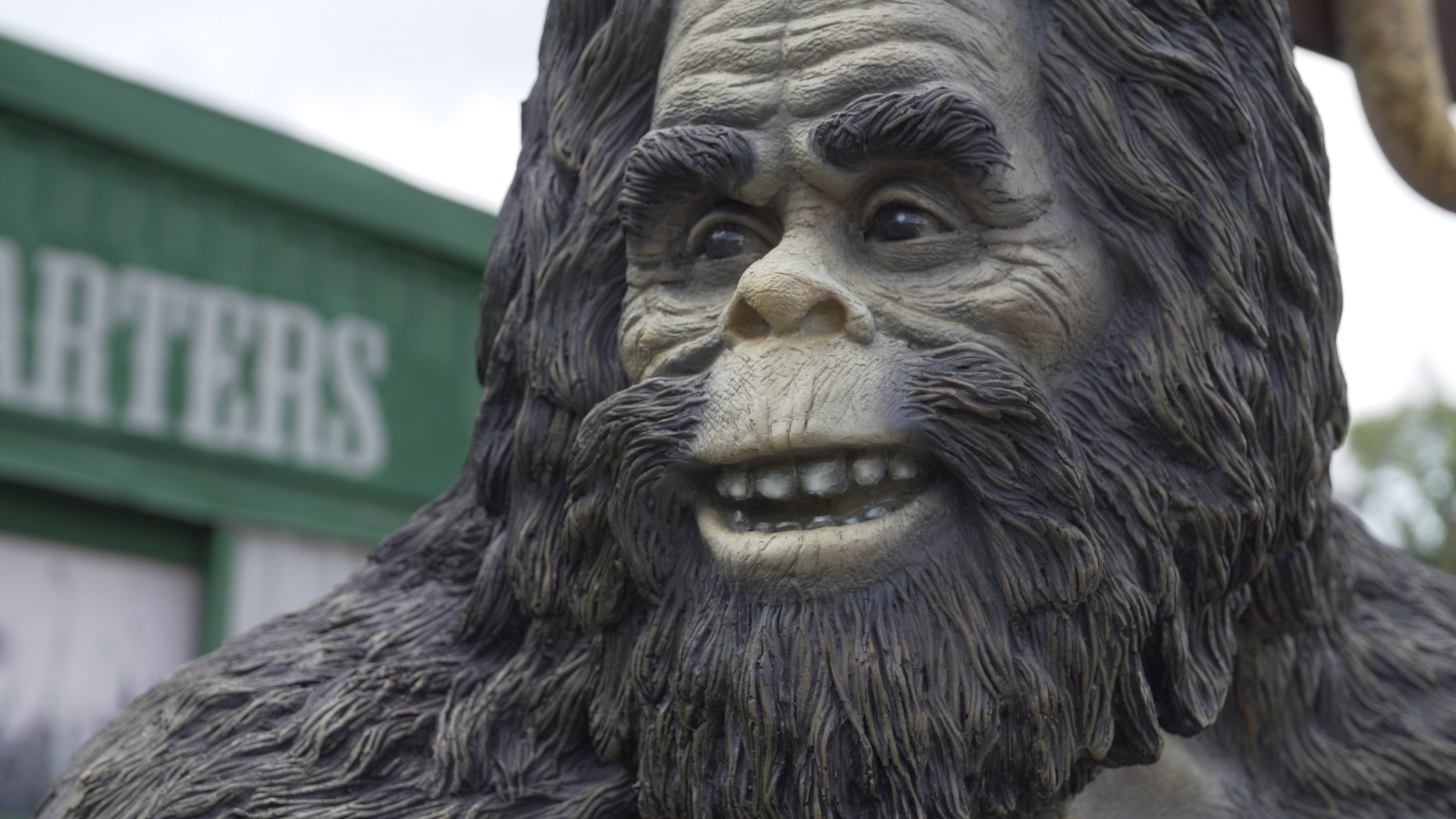
The Skunk Ape, Shealy describes, is the southernmost relative of Sasquatch, Bigfoot, and the Himalayan Yeti. Though few have ever seen the creature, the myth remains.
“This place here, it's still unexplored. So who am I to say what is or what isn't?” he says.
Photographer Clyde Butcher has spent decades exploring the Everglades, enchanted by their timelessness.
“What comes to mind is Jurassic Park. I feel like I'm a million years ago because this hasn't changed,” he says.
About sixteen and a half miles down the trail from the Skunkape Headquarters, Butcher uses his talents as a renowned landscape photographer and conservationist to preserve what he loves most about the Everglades.
His photos are all in black and white, he says, because “everything has the same importance.”
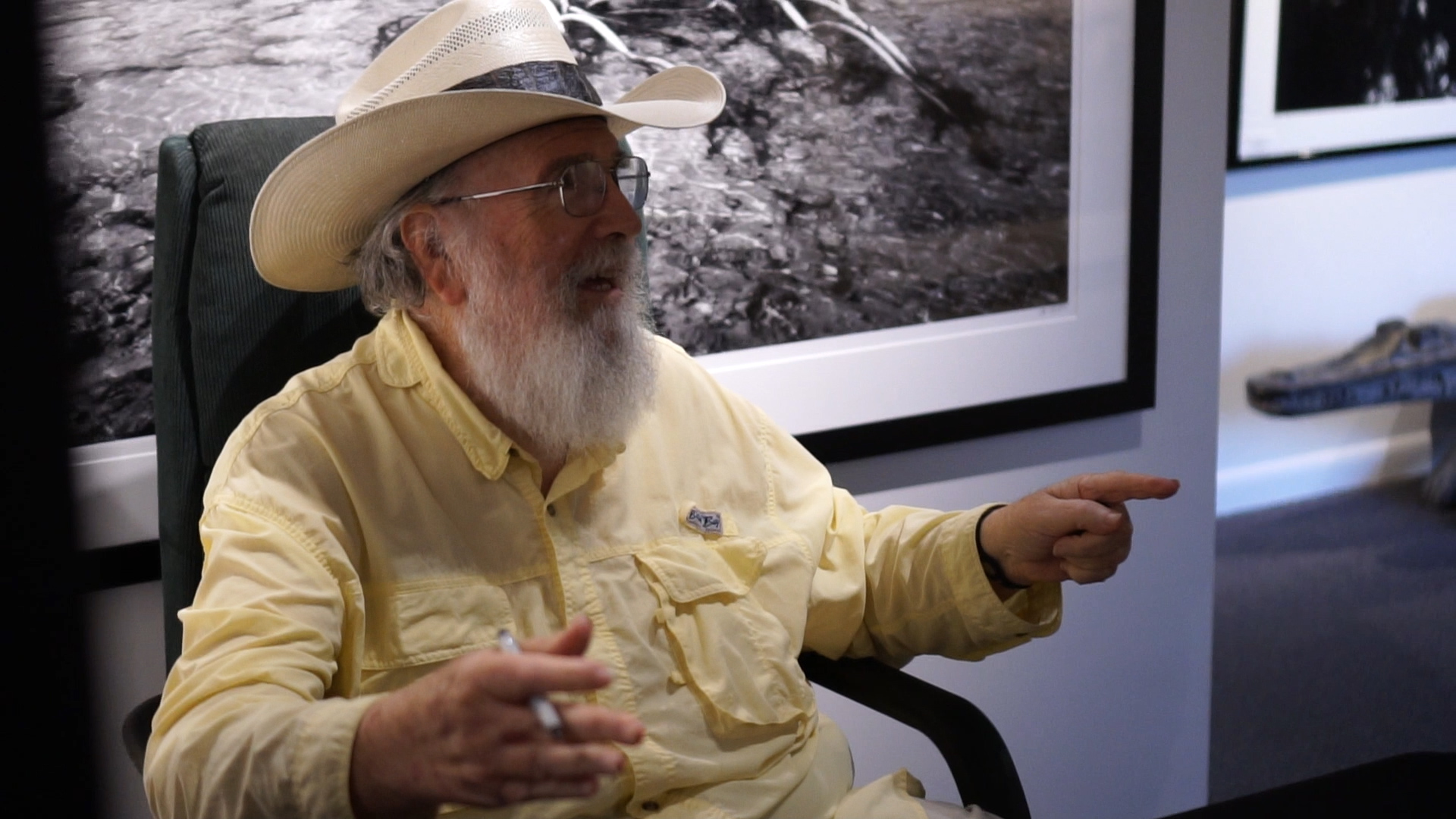
The Tamiami Trail gave him access to these wild places, and he uses that access to make others love this habitat as much as he does.
“By doing this,” Butcher hopes, “maybe I’ll keep the world out of peril.”
Steps outside Butcher’s door, tour guide Scott Randolph introduces newcomers to the landscape with guided swamp tours.
“Initially, I have to admit a lot of people come with certain phobias,” says Randolph. “But by the time we're halfway through and they really haven't seen gators, and they really haven't seen snakes, they start to get this sense of relaxation.”
Randolph hopes his tours teach visitors about the Everglades and the importance of saving it.
For those who have loved the Everglades for years, and those who are just falling in love with it for the first time, it seems policy is on their side.
The Everglades Restoration Project—introduced by the federal government in 1996—is part of an ongoing effort to improve the health of the ecosystem.
In 2019, Florida’s governing water board announced the removal of five miles of the Tamiami Trail—a change that will restore some of the natural flow of water that was cut off by the road’s construction.
In the meantime, Scott Randolph hopes his tours will inspire others to protect the precious resource for future generations.
“This is a living, breathing system that, given a chance, will heal itself,“ he says.
For more on the Tamiami Trail and other streets and communities across Florida, check out Spectrum News’ Street Level.






